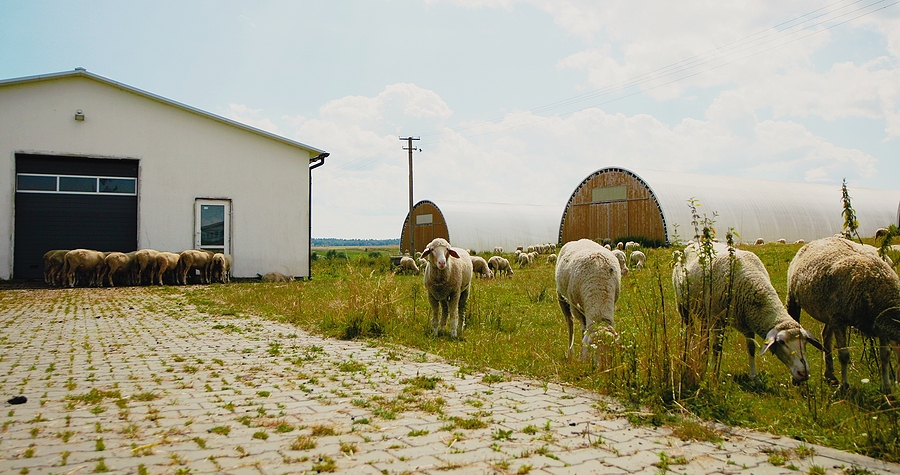What does experience tell us about creating wool sheds from the very beginning? Trading in wool with various suppliers can be incredibly lucrative and opens up commercial channels to a host of industries and outlets. The key for any professional operator is to complete their due diligence and listen to experts who have been down this path before. Let us outline what this advice says and how to leverage their experience moving forward.
Create Environment for Optimal Working Space
Those who have experience with designing wool sheds and creating blueprints for these commercial spaces are adamant that working space is the key asset. Productivity and efficiency has to be the order of the day for wool practitioners who need their staff to feel comfortable and to avoid any logistical challenges that are created through clutter and lack of space. Even if the area feels a little bare to begin with, focus on pathways and optimal space to ensure that the herd is well managed.
Invest in Sound Infrastructure
It is impossible to develop brand new wool sheds without spending money on sound equipment and frameworks. Unless they are inherited or provided at minimal cost, this is where the expenditure really has to be calculated. From the domain of the shed itself to the inclusion of pens, chutes, ramps, stands and all manner of utilities and protective gear for effectively shearing the animals each cycle, this is where participants need to be financially prepared for the venture.
Consider Repurposing Old Equipment
Commercial operators who want to excel in the wool industry through their new shed investment might be put off the idea of spending large on a completely fresh array of features. However, for those that are inheriting a property or transitioning from an existing premises, it is beneficial to reflect on those components to see if they still have life in them. Whether it is pens, catchers, chutes or other materials and dynamics, perhaps a clean and a fresh coat of paint could revitalise the structure and help to minimise costs with the project.
Seek Out Experienced Help With Design & Compliance Demands
It is not enough to plan wool sheds purely for the purpose of productivity and profit. There also happens to be legal provisions and industry compliance measures that have to be respected. A lack of oversight in this regard will expose the business and the owner to fines, penalties and lawsuits. Introduce a market specialist and compliance official to help plan these measures ahead of time before it spirals out of control at a later date.
Hire the Best Candidates
A major part of the equation with designing and facilitating new wool sheds will be less about the physical infrastructure and more about the people involved. If they feel safe, secure and empowered to carry out their tasks while applying their own knowledge and expertise, then many of the obstacles that owners face can be overcome in good time. Take the time to invest in the selection process, review their profile and see if they are able to bring skills and qualities to the table that optimises the workspace. No amount of amazing tools and features can overcome poor staff behaviour.
Don’t Be Afraid to Start Small
Progress is often gradual with wool sheds. Unless the owner has extensive resources and grand designs on market domination, it is always beneficial to start off with modest developments and plan expansion out strategically. If there are concerns over finances or growth targets, understand that many organisations in this field will collapse inside a year or two, so surviving past that stage with wool sheds should be the initial target.
